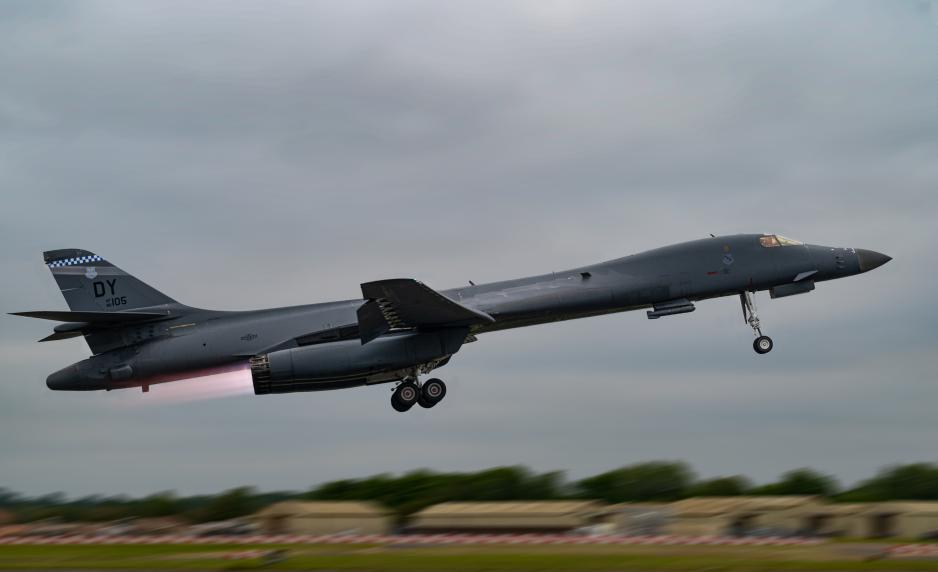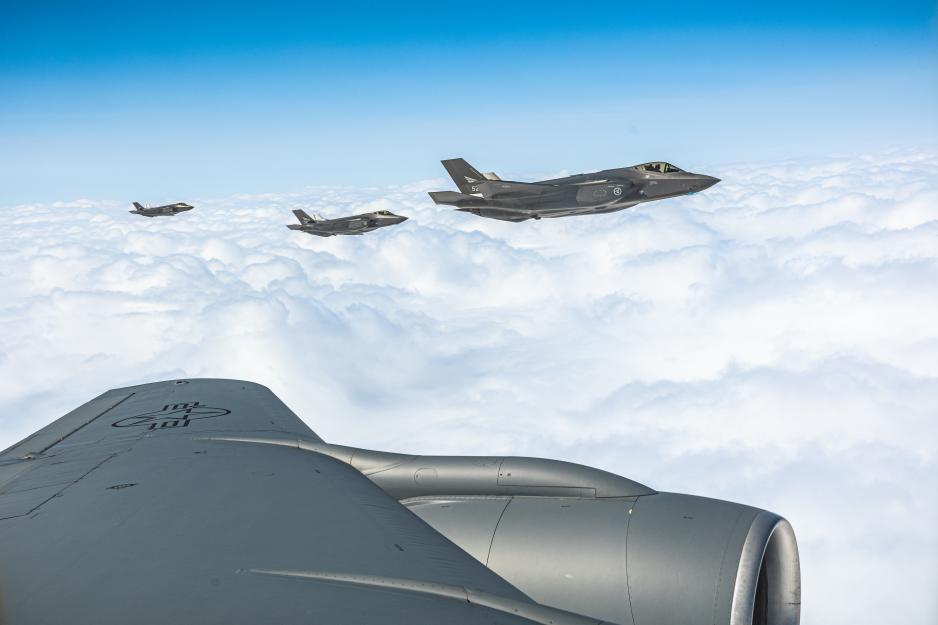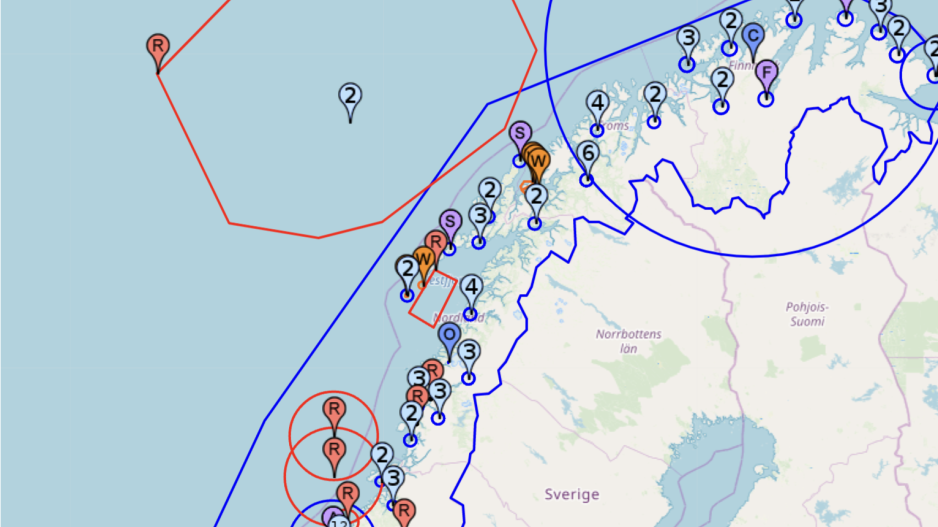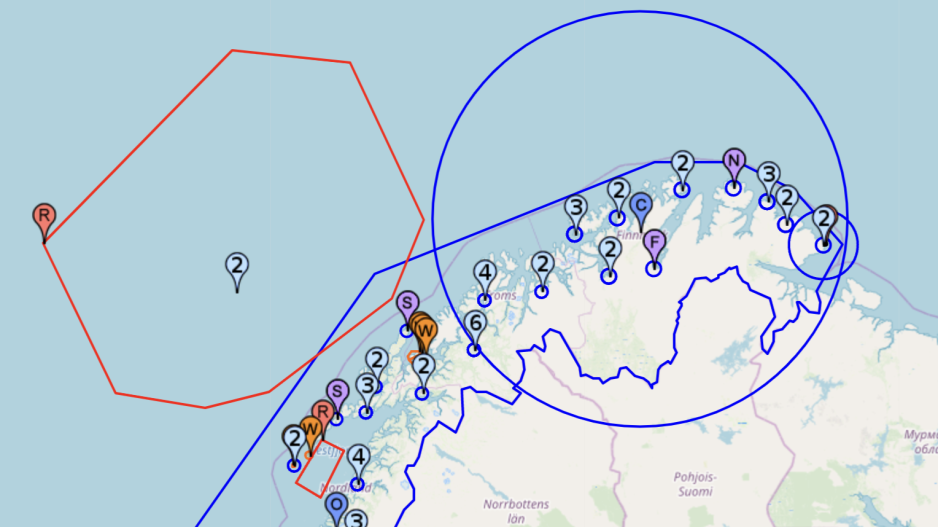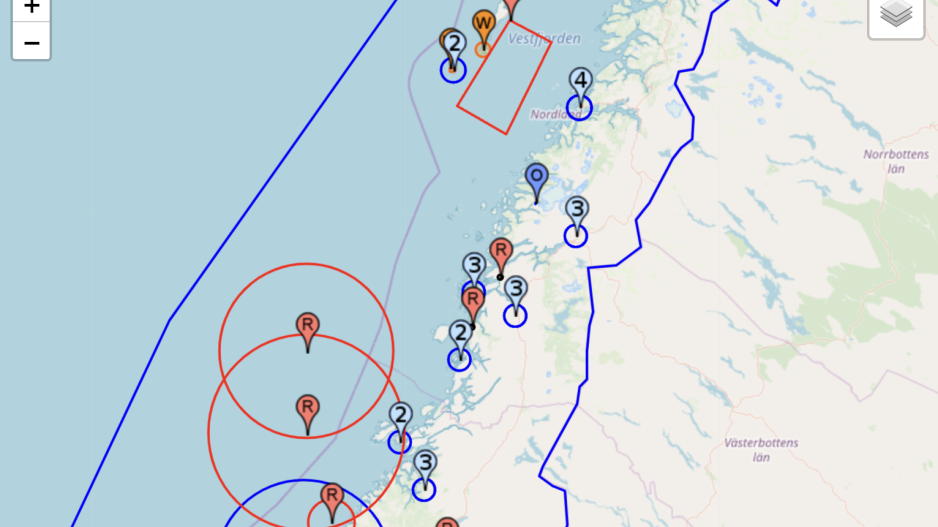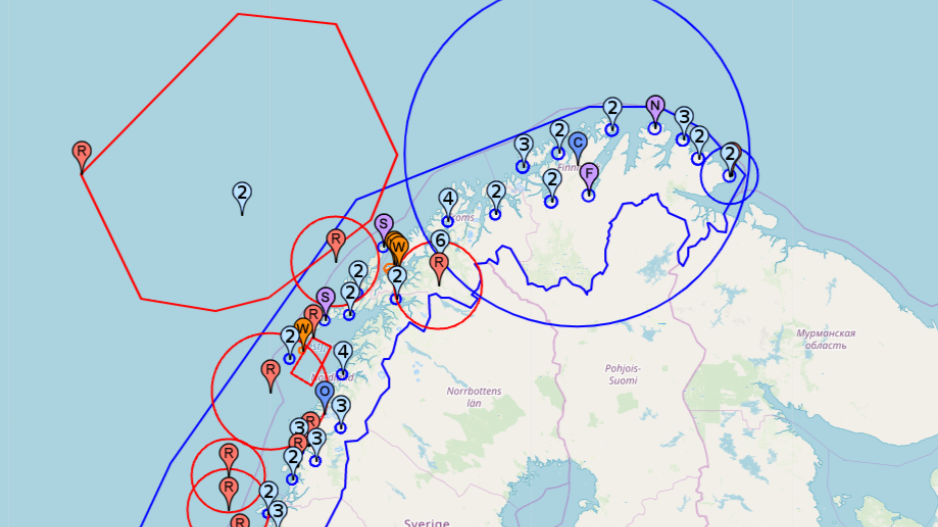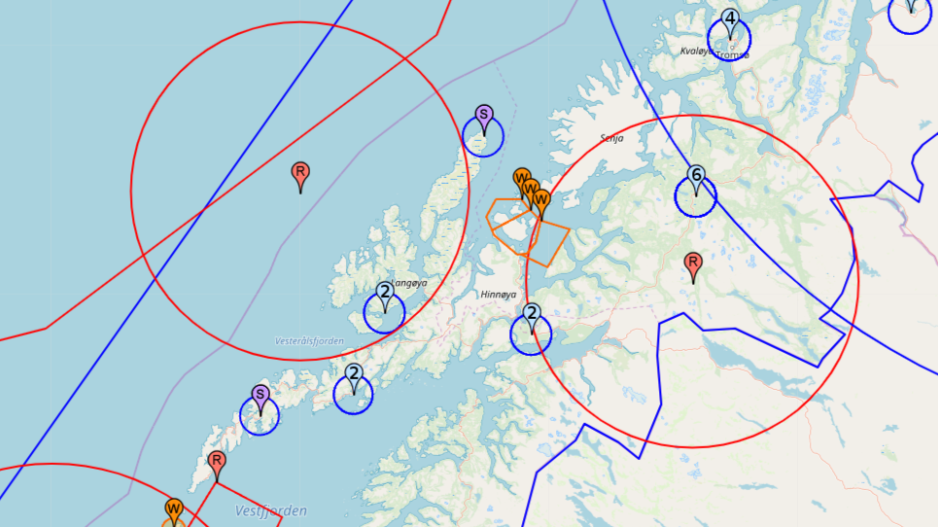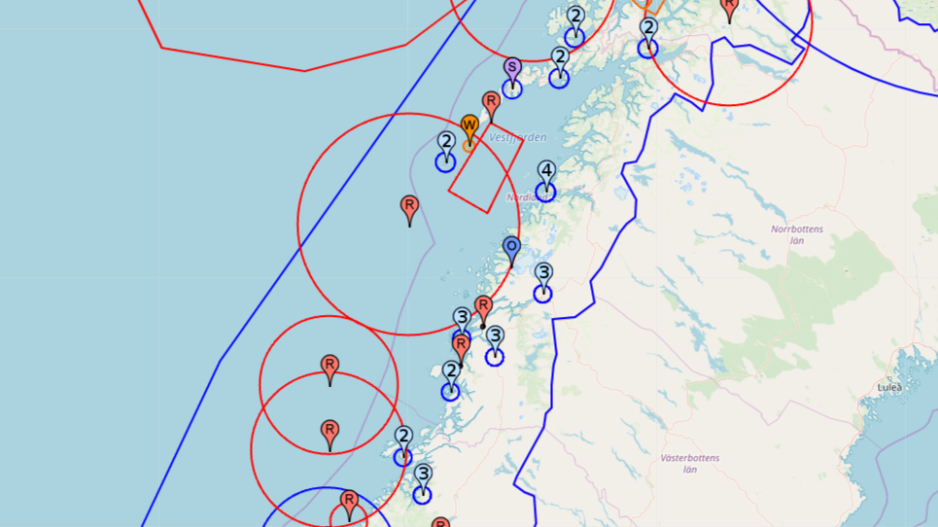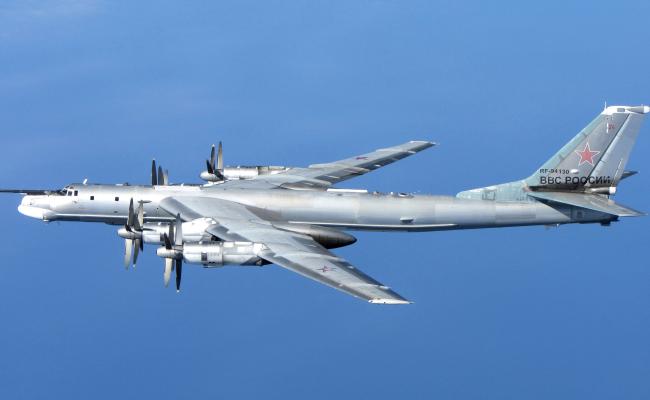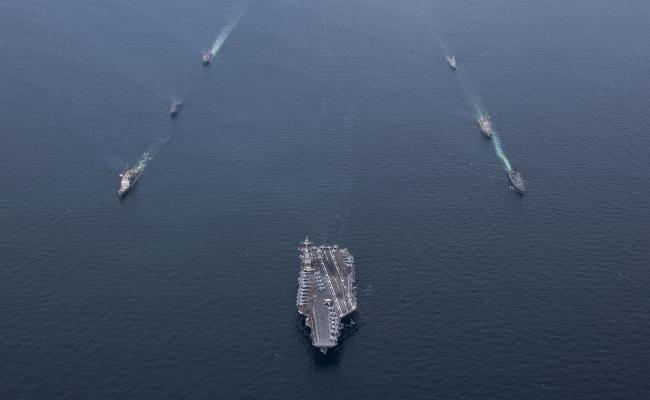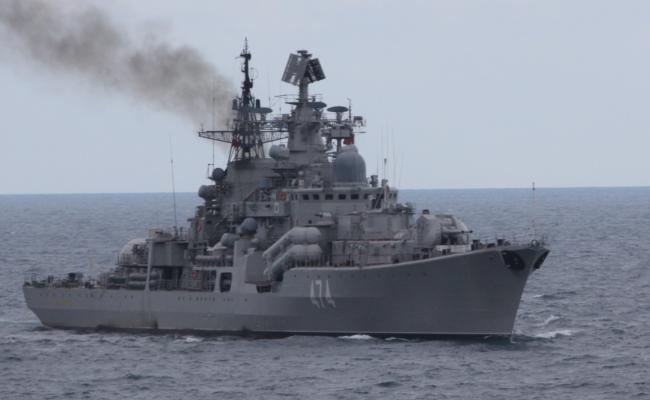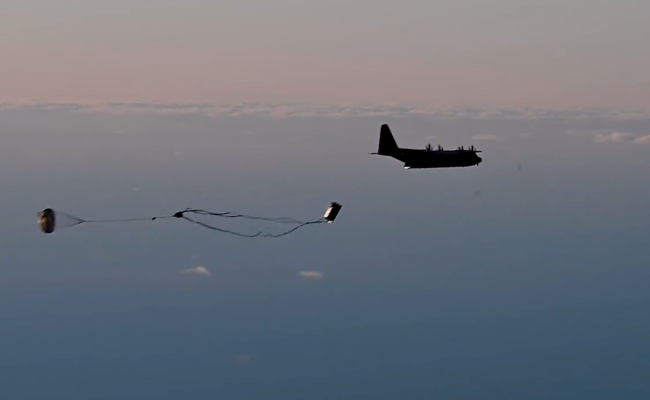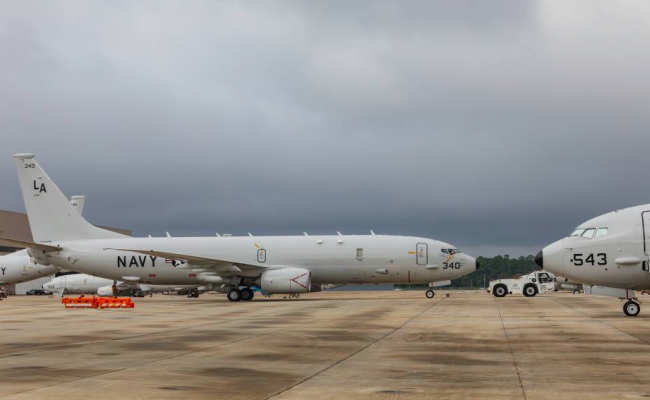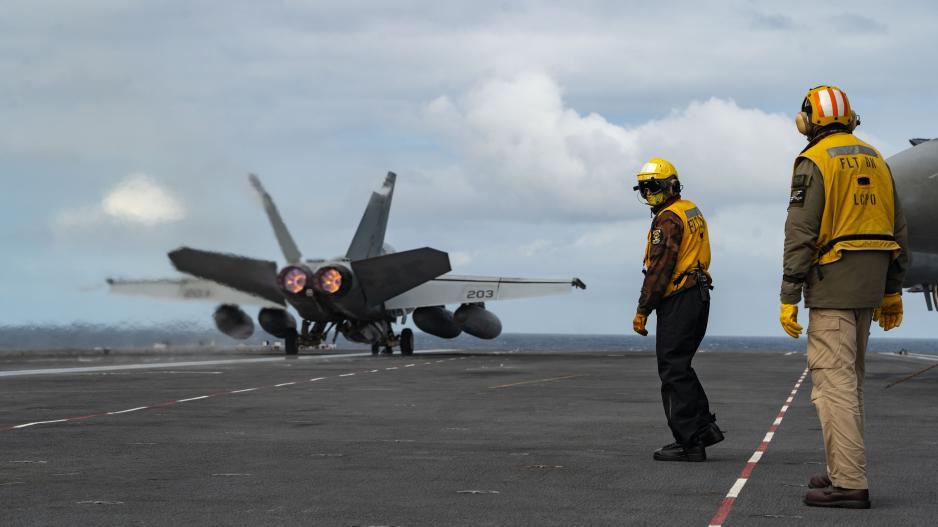
Photo gallery: A F/A-18F Super Hornet fighter takes off from the USS Gerald R. Ford on Monday at an unknown location in the Norwegian Sea. (Photo: Maxwell Orlosky/US Navy) >
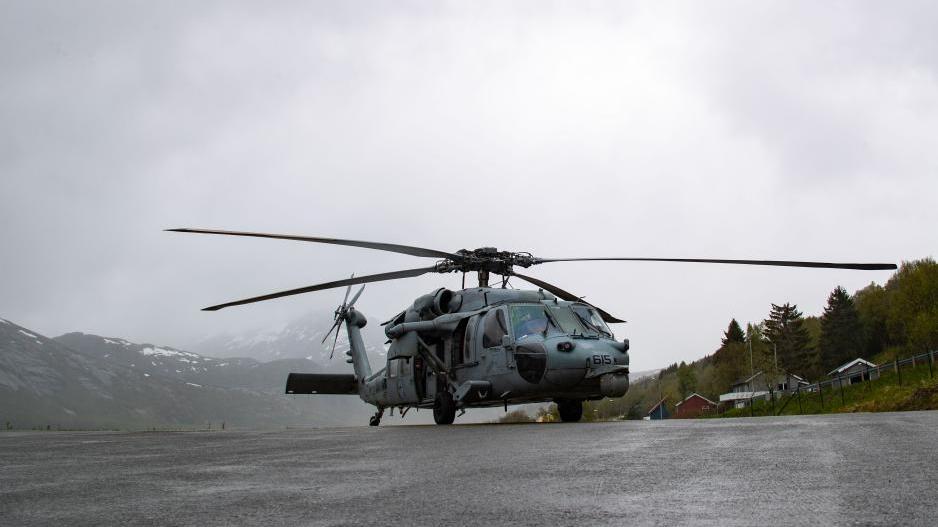
An MH-60S Seahawk maritime multipurpose helicopter belonging to the USS Gerald R. Ford at a landing area in Ramsund in Tjeldsund municipality during training on Saturday. Ramsund Naval Base is an "agreed" Norwegian-American area. (Photo: Jackson Adkins/US Navy) >
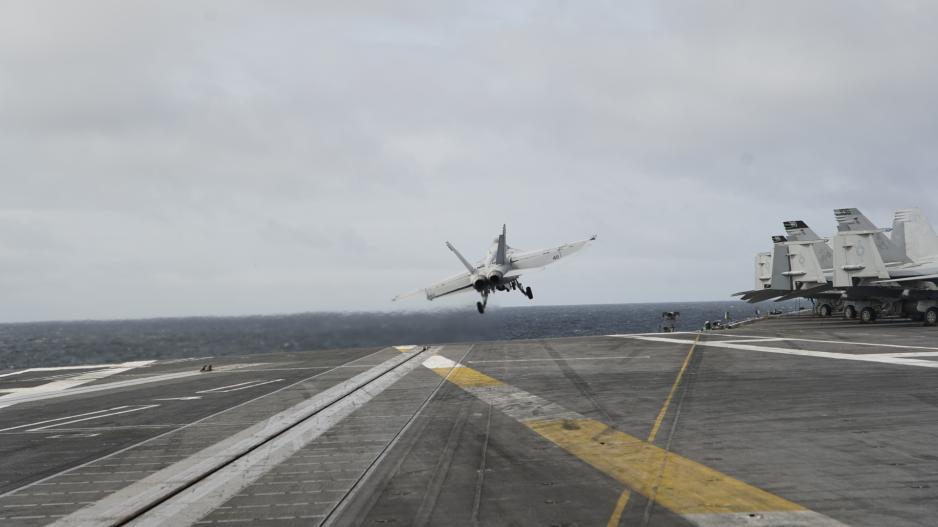
A F/A-18E Super Hornet fighter takes off from the USS Gerald R. Ford at an unknown location in the Norwegian Sea on Saturday. (Photo: Maxwell Orlosky/US Navy) >
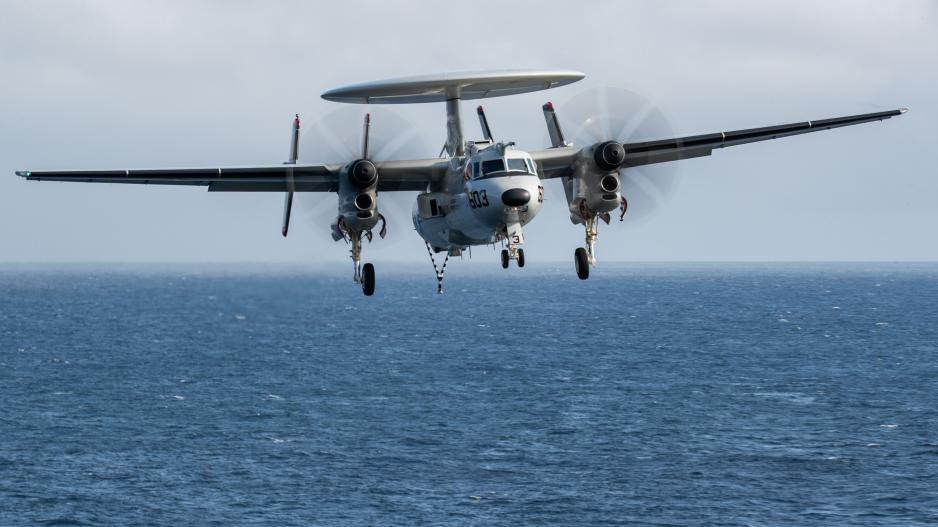
An aircraft of the type E2-D Hawkeye for electronic warfare heading back to the USS Gerald R. Ford at an unknown location in the Norwegian Sea on Saturday. (Photo: Nolan Pennington/US Navy)

